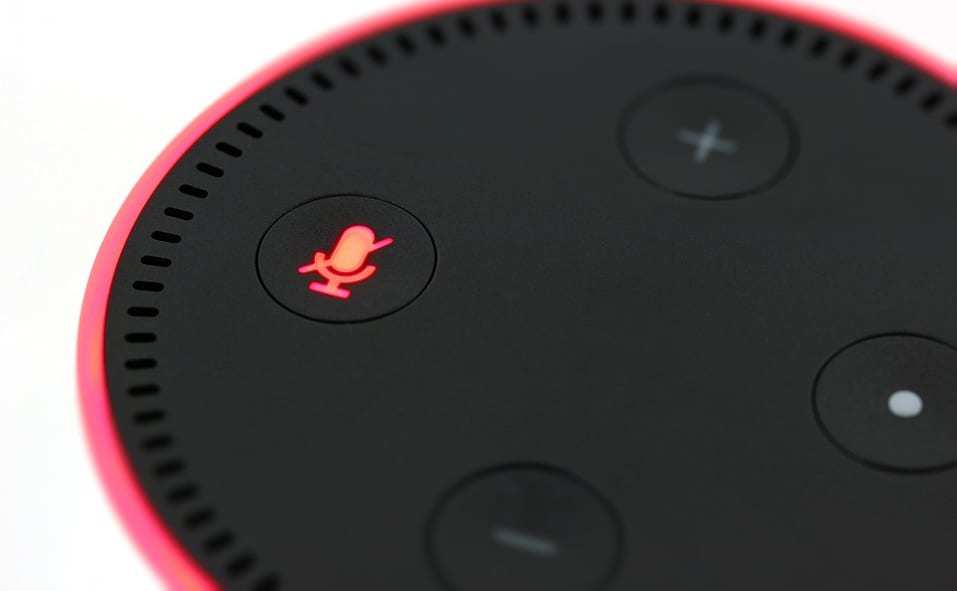Over 47 million people in the United States are now using these Internet of Things devices.
Americans appear to be more than ready to embrace smart speakers in their homes. In fact, nearly 20 percent of Americans currently use one of these devices.
These digital assistants are becoming rapidly more popular with a very healthy growth rate.
Voicebot.ai released the report showing that over 47 million Americans are using smart speakers. This data specifically reflected the people who use the devices in their homes. The sales growth rate of these devices has greatly exceeded the rate of adoption for television and the internet.
It took televisions 13 years to find their way into 50 million American homes. Equally, it took 4 years for the internet to enter that number of U.S. households. However, if this smart device technology continues at its current growth rate, it will have achieved that same goal in a mere two years.
Americans are also interested in owning multiple smart speakers in their homes, not just one.
Among the 47 million Americans who own this smart technology, approximately 58 percent identify as male and the remaining 42 percent identified as female. About 35 percent of the speaker owners had more than one. In fact, 7 percent – that is, 3.29 million people – said they owned at least 4 of these digital assistant speakers. Close to 800,000 Americans surveyed said they owned 10 of the speakers or more.
The first of these mainstream devices to hit the market was the Amazon Echo. That said, it is far from alone in this market space. For example, Google (Home) and Apple (HomePod) have each released their own rival digital assistant speakers. That said, it is Amazon that currently leads the way in terms of popularity, with Google in second place.
Amazon and its Echo smart speakers currently hold 71.9 percent of sales. Google controls 18.4 percent, said the report’s statistics. The rest of the rivals in this marketplace have a combined 9.7 percent share.
These smart devices are most often found in living rooms (46 percent), kitchens (41.4 percent) and bedrooms (36.8 percent).

